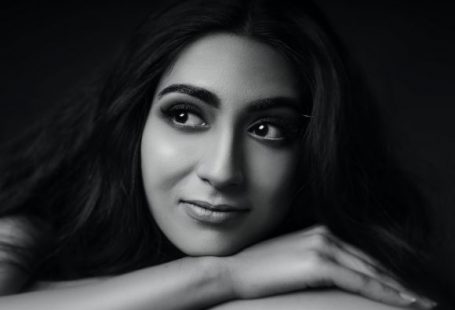When it comes to creating captivating portraits, one element that often gets overlooked is color. However, color has a powerful impact on the mood, atmosphere, and overall aesthetic of a portrait. By understanding how to effectively use color, you can enhance the impact of your portraits and create images that truly stand out. In this article, we will explore the importance of color in portraits and provide tips on how to harness its power to create stunning images.
Creating Mood with Color
Color has the ability to evoke different emotions and set the mood of a portrait. Warm colors like red, orange, and yellow can create a sense of warmth, energy, and excitement. On the other hand, cool colors such as blue, green, and purple can convey a mood of calmness, serenity, and introspection. Understanding the emotions associated with different colors can help you select the appropriate color palette to convey the desired mood in your portraits.
Choosing a Color Palette
When selecting a color palette for your portraits, it is important to consider the subject, location, and desired mood of the image. Harmonious color palettes, where the colors are similar or complementary, can create a sense of unity and balance in the image. Conversely, contrasting color palettes, where opposing colors are used, can create visual interest and make the subject stand out. Experimenting with different color palettes can help you discover unique and captivating combinations that enhance your portraits.
Using Color to Direct Focus
Color can also be used strategically to direct the viewer’s focus within a portrait. By incorporating a pop of color in the subject’s clothing, accessories, or background, you can draw attention to specific areas of the image. This can be particularly effective when you want to highlight a particular facial feature or convey a specific message or story in your portrait. The selective use of color can guide the viewer’s eyes and create a more impactful and engaging image.
Controlling the Lighting
Lighting plays a crucial role in how colors are perceived in a portrait. The quality, direction, and intensity of light can significantly alter the way colors appear in the final image. The color temperature of the light source, whether it is warm or cool, can also affect the overall color balance of the portrait. Experimenting with different lighting setups and techniques can help you achieve the desired color effects and enhance the visual impact of your portraits.
Post-Processing for Color Enhancement
Post-processing can be a powerful tool for enhancing and fine-tuning the colors in your portraits. Software such as Adobe Lightroom and Photoshop offer a wide range of tools and adjustments that allow you to manipulate color temperature, saturation, hue, and contrast. However, it is important to exercise restraint and avoid over-processing, as this can result in unnatural-looking images. The goal should be to enhance the colors in a way that complements the subject and enhances the overall mood and atmosphere of the portrait.
In conclusion, color is a powerful tool that can greatly enhance the impact of your portraits. By understanding the emotions associated with different colors, selecting an appropriate color palette, and using color strategically to direct focus, you can create stunning and captivating images. Additionally, controlling the lighting and utilizing post-processing techniques can further enhance the colors in your portraits. So, don’t underestimate the power of color – harness it to create portraits that leave a lasting impression.





